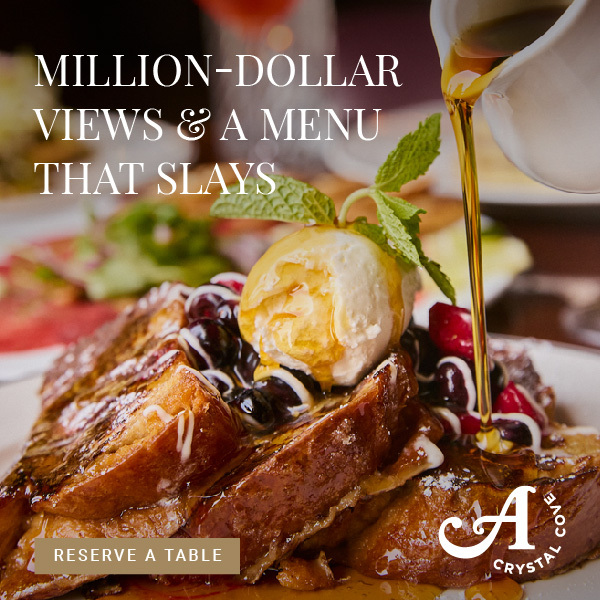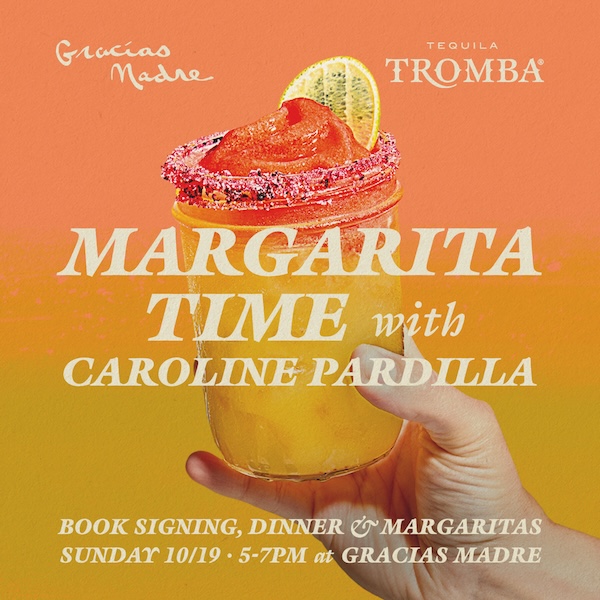We’re Spilling the Backstory, Traditions and Ways to Enjoy This Iconic Red Wine
The Emilia-Romagna region of Italy is famously known for its contributions to global culture—contributions so great that the region has become synonymous with Italy’s Motor Valley and Food Valley. Emilia-Romagna is home to factories producing some of Italy’s most impressive motor brands, including Ferrari, Lamborghini and Ducati. And, gastronomically speaking, we have the region to thank for Italian staples like parmigiano reggiano, mortadella bologna and prosciutto di Parma.

However, one specific culinary import became a cultural phenomenon here in the US during the ‘70s and ‘80s: Riunite Lambrusco.

“In 1981, Americans drank almost 135 million bottles of Riunite. One in every four bottles of imported wine sold in the United States was Riunite,” Gabriele Lechthaler, general director of Riunite, shares. “Its popularity is all about versatility and the fun factor—it’s the wine that doesn’t take itself too seriously.”
According to Lechthaler, Riunite’s Lambrusco soared in popularity due to its taste, approachability, and versatility. “Lambrusco is vibrant, refreshing and pairs with just about anything… It’s got that slight sweetness to it,” he says.
Although Lambrusco may be new to some readers and nostalgic to others, Lechthaler believes that to fully appreciate the wine is to understand the region and history of where it comes from. To share one of Lechthaler’s favorite quotes from Chef Marco Pierre White, “A tree without roots is just a piece of wood.”
Lambrusco: Wine of the Past, Present and Future
Emilia-Romagna has a long history of winemaking that dates back to antiquity, and a large part of that history is Lambrusco. In the 7th century BC, the Etruscans introduced the Vitis labrusca species of vine to the region, and later, when the Romans adopted the practice, they transported the wine between cities using the Via Aemilia road, which is where the region’s name originated.
The domestication of the Vitis labrusca wild vine led to a large family of autochthonous (native) vines—including Lambrusco di Sorbara, Lambrusco Marani and Lambrusco Grasparossa—that are used to make Lambrusco today.

“Emilia-Romagna is the ultimate playground for winemaking, especially with the Lambrusco. With its perfect climate and fertile soil, it’s no wonder our grapes are so happy!” says Lechthaler.
Lambrusco and Emilia-Romagna are tied not only by soil but also by people.
“The region’s rich culinary heritage and vibrant culture infuse every bottle of Riunite with a sense of joy and innovation,” Lechthaler continues. “Just like our wines, the Emilia-Romagna region is bubbly, vibrant and full of life. The region’s culture and cuisine are all about enjoying the good times, much like our effervescent Lambrusco.”
The Beginnings of the Brand
Lambrusco may have an ancient history in the region, but Riunite’s didn’t begin until the midcentury. In 1950, nine wine producers came together to launch the Cantina Cooperative Riunite. In the ‘70s and ‘80s, Riunite rose to fame on a global scale and became one of America’s favorite wines. From 1976 until 2000, Riunite Lambrusco was the No. 1 imported wine in the US, peaking in 1985 with 11.5 million cases sold.
Today, as Riunite approaches its 75th anniversary, the brand has taken on a different look and approach to production, but its values remain the same. “We trust even today that this is the right wine: beautiful, funny and very modern. Even from the ‘80s until today, the wine didn’t change. We changed our approach, our technology and our sustainability tactics, but the wine has remained fixed during the decades,” Lechthaler explains.

As much as it honors the past, Riunite is just as passionate about the future. Recently, the brand has taken an even larger commitment to sustainability by approving VISION 2030. This plan includes a goal of reducing the company’s direct carbon footprint (SCOPE 1) by 50% by 2030.
“We’ve given Riunite a stylish makeover—a new suit for an old friend coming home. It’s the same great wine, now dressed to impress,” Lechthaler says. “The new label is a nod to our roots and our original label.”
While Riunite has expanded production to support its distribution to over 90 countries, the brand is still owned and operated by its farmers and co-ops. Today, the brand works with over 1,450 families of winegrowers and eight winemaking co-ops.
“It’s not just a company with one owner; it’s 1,450 owners all together, and all these people work together to preserve the territory and to improve the product,” Lechthaler notes. “Our commitment to crafting delicious, approachable wines that bring people together remains unchanged. We’re still rooted in the heart of Italy, staying true to our origins and love for fun, lighthearted wines.”
Lechthaler shares his favorite ways to enjoy Riunite Lambrusco with us.
On Its Own
Aside from its light sweetness, Lambrusco is also known for its signature fizz, or frizzante. “Frizzante is like the funny cousin of sparkling wine. It has just enough fizz to tickle your taste buds without stealing the show. Think of it as a delightful whisper of bubbles,” Lechthaler says. Semi-sparkling, frizzante-style wines offer a gentler fizz, whereas sparkling wines have more intense bubbles.

Lambrusco’s fizz and lightness make the wine an approachable “on-ramp” option for someone who isn’t used to the taste of red wine.
For the best Lambrusco experience, Lechthaler recommends chilling the bottle to about 50 degrees (cool, not frosty). The goal is to keep the wine’s delicate bubbles intact, so open with care and pour gently into a glass.
As far as glassware goes, consider serving Lambrusco in a long, thin glass like a stemmed tulip glass. The shape of the tulip glass helps keep the bubbles, and the stem helps the wine stay chilled for longer.
With Food
“We are always saying that the food pairing for Lambrusco is food,” Lechthaler laughs.
There are so many different foods to enjoy with Riunite Lambrusco, such as a classic charcuterie board, mushroom risotto, pizza, barbecue, spicy dishes and more. Lechthaler’s favorite pairing, however, is with pumpkin tortelli. “The acidity of the Lambrusco and the sweetness of the pumpkin is very, very nice,” he says.
In a Spritz
While the Lambrusco is delicious on its own, incorporating it into a cocktail is a fun way to shake it up. “It can be served cold or mixed in cocktails or sangrias,” Lechthaler says.
One easy, refreshing recipe to try is the Riunite Lambrusco Spritz:
- 1 part Riunite Lambrusco
- 1 part sparkling wine
- A splash of lemonade or a squeeze of lemon
- Serve over ice and garnish with a lemon wheel
Riunite Lambrusco can also be used in classic sangrias, a blood orange wine sipper, margaritas and more.
With Good Company
There are many reasons why Riunite Lambrusco makes for a perfect table wine, especially in the fall—it’s easy and light to sip on, pairs well with many foods and has a low alcohol content of 8%—but the most important reason is the people gathered around that table.
“The Lambrusco is like the people of Emilia—the character of the people is infused into the wine. The people here are like the wines: approachable, friendly and funny,” Lechthaler shares. “Every bottle is crafted with love, quality and a touch of Italian flair. We’re all about creating wines that are as enjoyable to make as they are to drink. Whether it’s a family dinner or a big celebration, Riunite wines are there to make the moment special.”
Born and raised near the Pacific Coast, Jordan Nishkian is a California girl through and through. She graduated from Cal State Long Beach with a BA in Creative Writing and a BA in Anthropology, and her favorite place to be is curled up in a comfy chair with a book in her hand and a pen in her hair.
- Jordan Nishkianhttps://localemagazine.com/author/jordan-nishkian/
- Jordan Nishkianhttps://localemagazine.com/author/jordan-nishkian/
- Jordan Nishkianhttps://localemagazine.com/author/jordan-nishkian/
- Jordan Nishkianhttps://localemagazine.com/author/jordan-nishkian/























